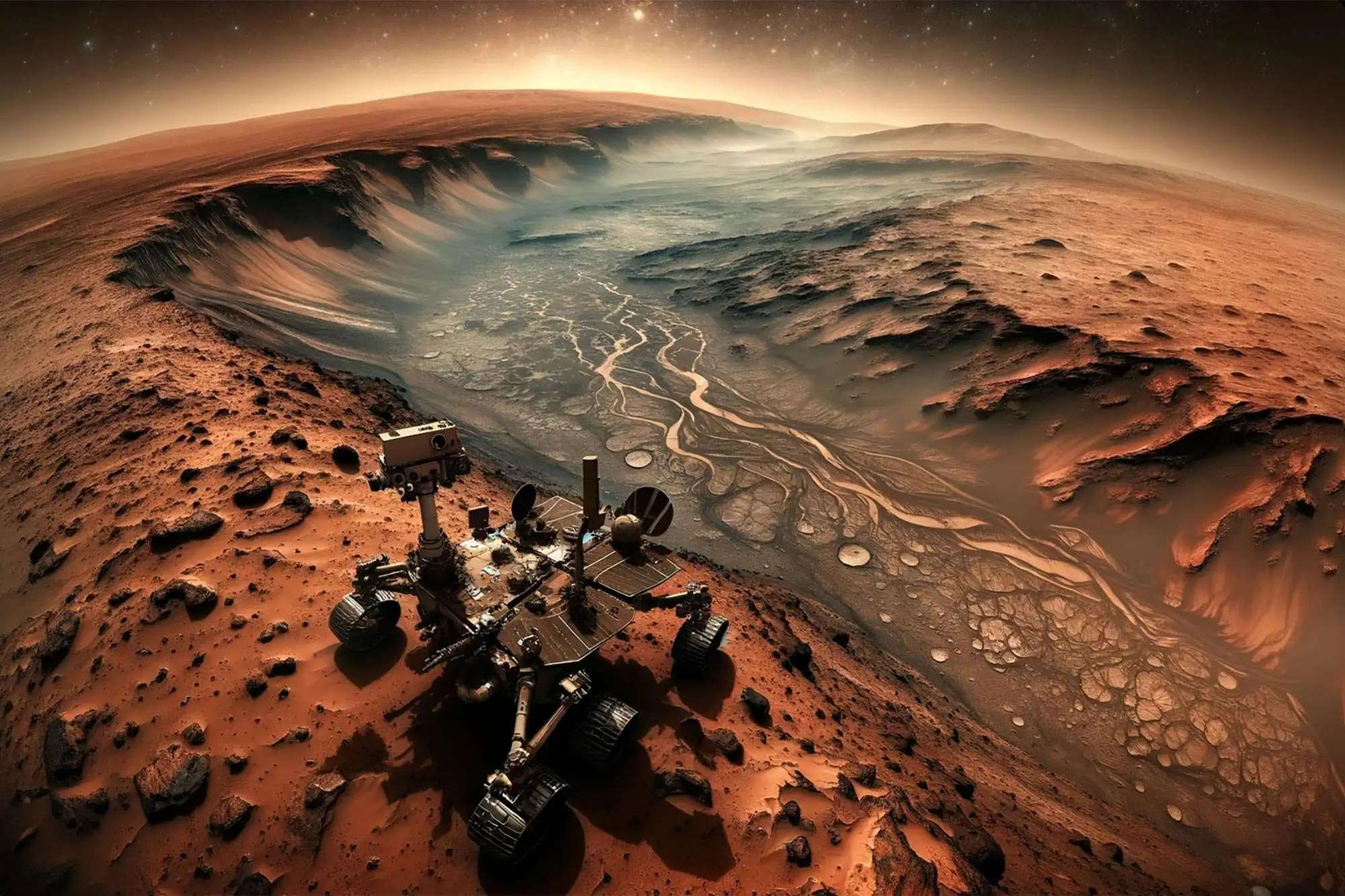A mistake by NASA destroyed life on Mars, sensational revelation after 50 years

Science News Desk – Is there life on any planet other than Earth? Scientists around the world have been trying to find the answer to this question for decades. Apart from the Earth which is surrounded by disasters due to climate change, life is also being searched for on other planets. Meanwhile, an astro-biologist has made a big revelation. Astro-biologist Dirk Schulze-Makuch of the Technical University in Berlin, Germany has made a big claim about a mission sent by NASA 5 decades ago. He fears that NASA may have inadvertently destroyed the possibility of life during the Viking mission sent to Mars in the 70s.
What was NASA’s Viking mission?
US space agency NASA launched the Viking mission in 1975 to search for life on Mars. NASA had sent two spacecraft to the surface of the ‘Red Planet’ to investigate the possibilities of life. NASA’s Viking-1 was the first spacecraft to land on the surface of Mars. On June 19, 1976, the spacecraft reached the orbit of Mars and after orbiting for about a month, it identified a suitable surface and landed in the Claius Planitia region of the red planet. A few months later, NASA launched the ‘Viking-2’ mission which sent high-resolution pictures of the surface of Mars to Earth, these pictures shocked the whole world.
The possibility of life ended due to NASA’s mistake?
Actually, during this Viking mission, NASA had tested the soil of Mars by mixing it with water and nutrients. NASA tested these elements by combining them to imagine the requirements for life on Earth, with initial results indicating the possibility of life on Mars. However, decades later, most researchers believe that the results of that test were wrong. Now Schulze-Makuch has proposed a revolutionary theory according to which Viking landers may have discovered life on Mars but inadvertently destroyed the possibility of life by mixing its soil with water.
Is life possible on Mars without water?
In a commentary for Nature, Schultz-Makuch wrote that potential Martian life could survive in extremely dry conditions by relying on salts to draw moisture from the atmosphere, similar to microorganisms found in extreme environments such as Chile’s Atacama Desert. Similar. He explained that NASA’s Viking lander may have accidentally released too much water, eliminating the possibility of life on Mars. This hypothesis challenges NASA’s long-term strategy of finding water as a key factor in the search for life on other planets.
Targeting hygroscopic salts
Schulze-Makuch says that instead of prioritizing the liquid form of water, future missions should target hygroscopic salts, which are substances that absorb moisture from the atmosphere. Sodium chloride, the main salt found on Mars, could potentially support microbial life, as some bacteria on Earth thrive in salty solutions. The researchers compared the potential impact of the Viking experiment on Martian microorganisms to what happened in the Atacama Desert. Where torrential rains killed 70 to 80% of the native bacteria because they could not adapt to the flow of water.
Appeal for change in future mission
Nearly 50 years after the Viking missions, Schultz-Makuch has called for a renewed effort to detect life on Mars, including new efforts and information about the planet’s extreme environments. ‘It’s time for another life-detecting mission,’ he stressed. However, he acknowledged that his theory was still based on speculation. To make this reliable evidence, multiple independent methods of detecting life need to be used.

